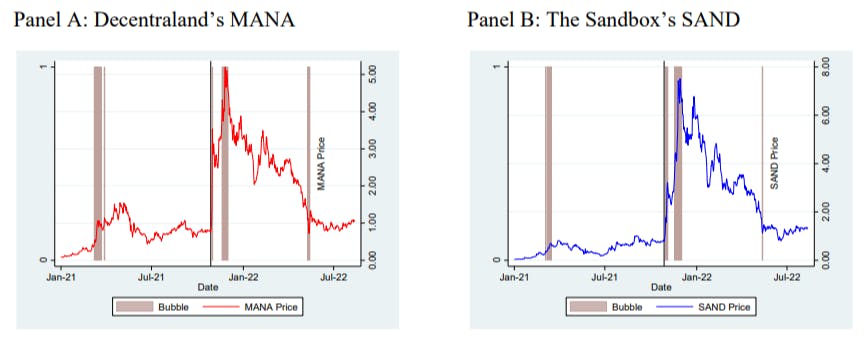The past two years were dominated by “ChatGPT-for-X” pitches and billion-dollar application rounds. Yet, somewhere between rising GPU spot prices and shrinking retention curves, investors began to realise that the defensible margins in AI sit far below the prompt window.
Evidence of the rotation is now unmistakable. Crunchbase reports that while global venture dollars to chip startups fell overall in 2024, U.S. investment in semiconductor upstarts more than doubled—from $1.3 billion to nearly $3 billion—helped by mega-rounds at Groq and Lightmatter. Seed deals for Gen AI apps, by contrast, declined for the third consecutive quarter. The market is voting with its chequebook: infrastructure, not interfaces, will mint the next 20× outcomes.
The pressure cooker inside the data centre
Every generative model upgrade increases capital intensity:
- Capacity crunch. The H100 backlog remains months long; clouds still rent them at $7–9 per hour.
- Cap-ex shock. Microsoft alone will spend more than $50 billion on AI infrastructure this fiscal year, a record for any software company.
- Unit-economics squeeze. Gross margins for pure-play chatbots have compressed as usage-based cloud bills outpace revenue.
Against that backdrop, companies that can add even single-digit percentage gains to throughput—or shave watts from dense clusters—command strategic premiums. The story of CoreWeave makes the point: the Nvidia-backed GPU cloud pivoted from Ethereum mining to AI, landed an $11.9 billion OpenAI contract, and still raised $1.5 billion in a Nasdaq debut valuing it at $23 billion, despite scaling back the offer size in a jittery market.
What’s hot beneath the hood
- Custom silicon acceleration. Chiplet-based inference engines (d-Matrix), RISC-V grids (Tenstorrent), and single-core latency machines (Groq) all target Nvidia’s 80% gross margin moat.
- Photonic & optical interconnect. Copper traces stall near 100 Gb/s; photons march into the terabit era. When Lightmatter closed a $400 million Series D at a $4.4 billion valuation last October, the lead investor framed it as the “missing fabric” that lets hundreds of GPUs behave like one super-device.
- Memory & data-movement fabric. Startups such as Astera Labs (PCIe/CXL) have already exited at scale—$713 million raised in a 2024 IPO that valued the firm at $5.5 billion—because high-bandwidth memory, not raw TFLOPS, is the bottleneck for trillion-parameter models.
Why the rotation has legs
- Policy tailwinds. The U.S. CHIPS Act, the EU’s IPCEI programme, and similar schemes in Japan and India are subsidising domestic fabs and advanced-packaging lines.
- Carbon math. AI data-centres could absorb 1,000 TWh annually by 2030. Optical I/O and near-memory compute cut energy per bit by an order of magnitude.
- Sovereign AI trends. Open-weight LLMs demand on-prem or national clouds, fostering regional silicon ecosystems and lowering political risk for investors.
Risks that still matter
- Overcapacity cycles. If TSMC, Intel Foundry Services and Samsung all bring new nodes online into a macro slowdown, pricing power vanishes.
- Algorithmic leaps. Sparse or linear-time architectures (e.g., Mamba) could dramatically reduce hardware needs.
- Geopolitics. A sudden thaw in U.S.–China export controls would flood the market with cheaper accelerators and erode start-up ASPs.
Mitigation strategy: Back teams whose software ecosystems (kernels, SDKs, PyTorch plugs) create a layer of lock-in that survives node changes, exactly how Nvidia used CUDA to future-proof its GPU franchise.
How to invest from here
-
Optical IP now, before hyperscalers write the cheques. Valuations below $50 million for wafer-level photonics still exist—but not for long.
-
Packaging plays when grants hit. Advanced interposers and glass substrates will see an instant step-up when CHIPS Act awards are announced.
-
GPU cloud consolidators at $100 million+ ARR. Once interest-rate cuts arrive, these capital-heavy businesses become IPO candidates again.
-
Late-stage silicon seconds. By 2027, early investors in unicorn fabs will seek liquidity; secondary positions with visibility on revenue ramps can still clear 3–5×.
The bottom line
Generative AI apps captured imaginations; infrastructure will capture the lasting cash flows. History, from railroads to fibre optics, shows that outsized returns accrue to those who solve throughput and logistics. In the AI gold rush, that means wafers, waveguides and HBM stacks—not yet another chatbot veneer.
Follow the photons; that’s where the next 20× hides.










